On the streets of New York City, an interesting yet slightly unsettling trend is unfolding, where technology meets the ever-present eyes of surveillance. This is the world of the Traffic Cam Photobooth, a website brought to life by Brooklyn artist Morry Kolman. The website allows you to take selfies using the city’s traffic cameras, offering a quirky twist on capturing your city adventures.
However, while it might seem like harmless fun, this innovation also sparks a significant conversation about privacy and security. In a city where surveillance is omnipresent, this website challenges us to rethink what privacy means in public spaces and how comfortable we are with being constantly watched.
GET SECURITY ALERTS, EXPERT TIPS – SIGN UP FOR KURT’S NEWSLETTER – THE CYBERGUY REPORT HERE
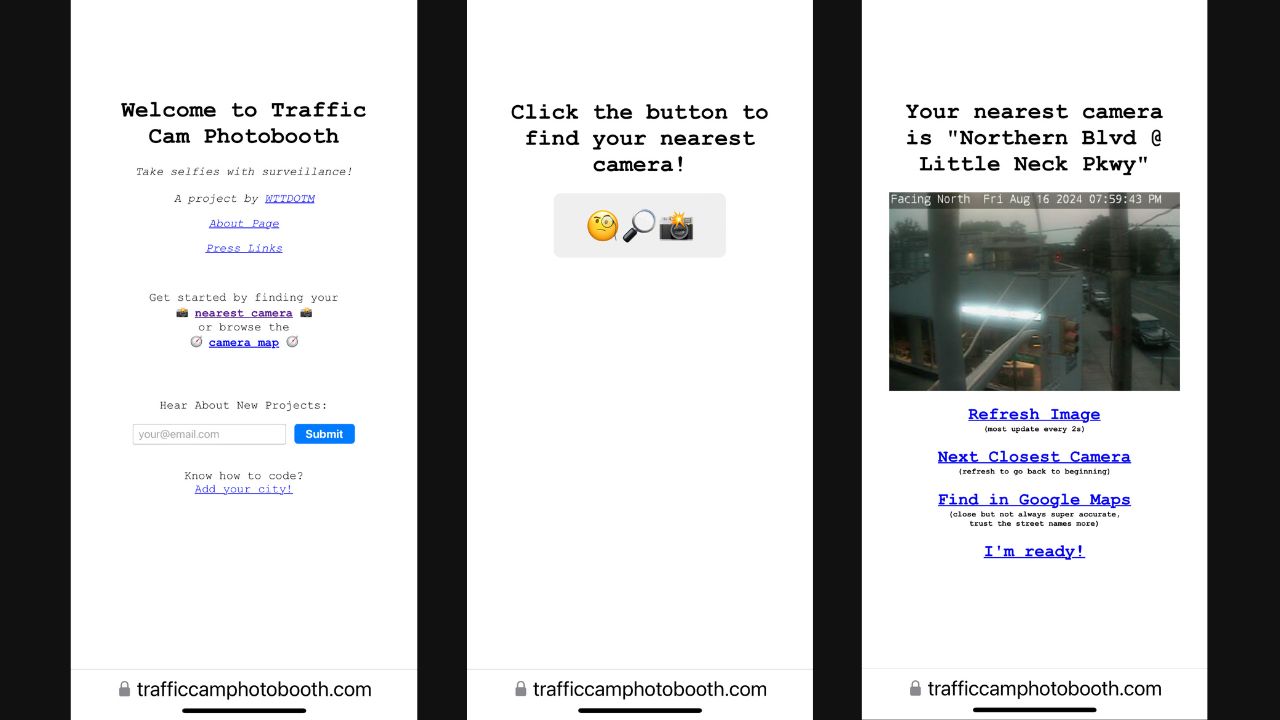
Credit: Traffic Cam Photobooth
The website’s functionality
So, how does this website work? Trafficcamphotobooth.com gives you access to over 900 traffic cameras scattered across New York City. With just a few clicks, you can select a camera from various locations and snap a photo in either a filmstrip, Polaroid, or neon green format. The Polaroid frame includes the caption: “I’m being watched.” The innovation behind this website lies in the New York City Department of Transportation’s (DOT) live camera feeds, which update every two seconds.
Kolman was inspired by a creative challenge in a class he was taking to snap a picture without being behind the camera, leading to this innovative use of public infrastructure. It’s a playful twist on traditional photography that quickly captures the public’s imagination. But as fun as it sounds, it also raises some important privacy concerns.
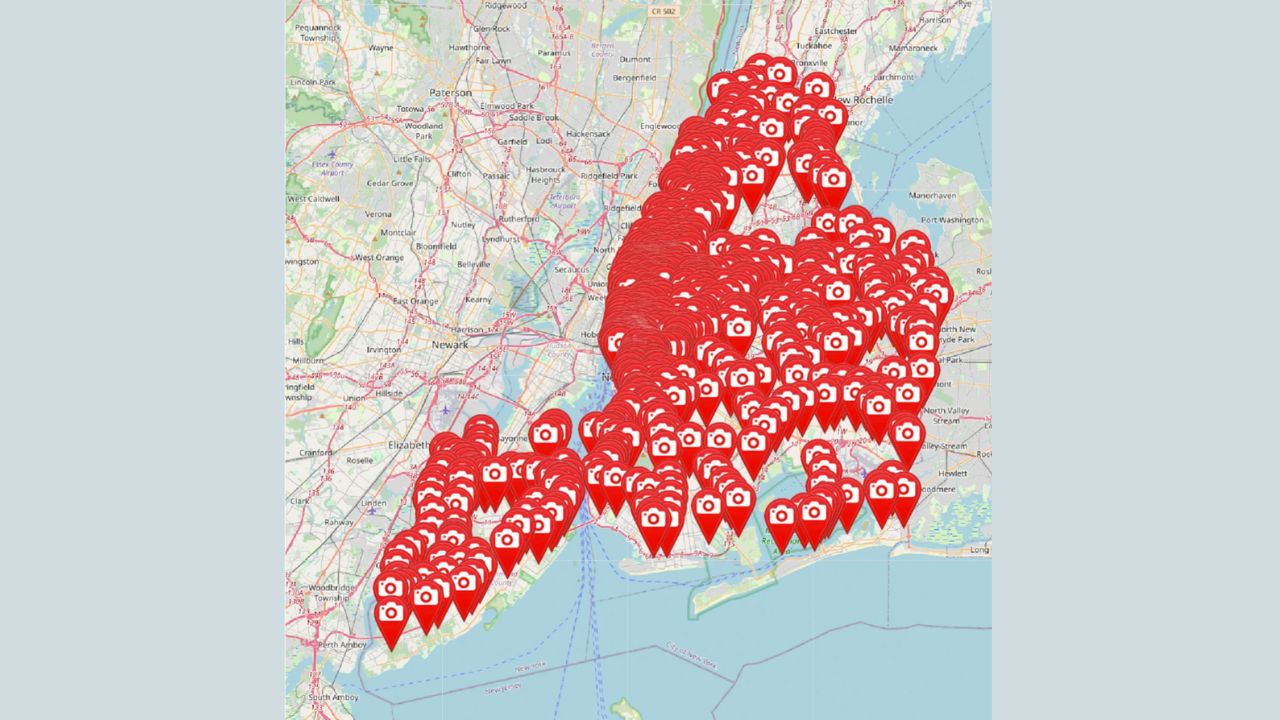
Credit: Traffic Cam Photobooth
DON’T EMBARRASS YOURSELF BY SENDING THESE TYPES OF PHOTOS
The website’s privacy concerns
So, let’s talk privacy. While the idea of using public traffic cameras to take personal photos might sound harmless, it blurs the line between public surveillance and individual privacy. Yes, the camera feeds are publicly accessible, but using them to capture personal moments raises questions about privacy rights in public spaces.
Critics argue that even though there’s no expectation of privacy on public streets, the active use of surveillance for personal purposes can feel intrusive. Imagine walking down the street and realizing that someone could be taking a photo of you without your knowledge. It’s a bit unsettling, isn’t it? This website forces us to confront the broader issue of consent and the ethical use of surveillance technology in our everyday lives.
HOW TO REMOVE YOUR PRIVATE DATA FROM THE INTERNET
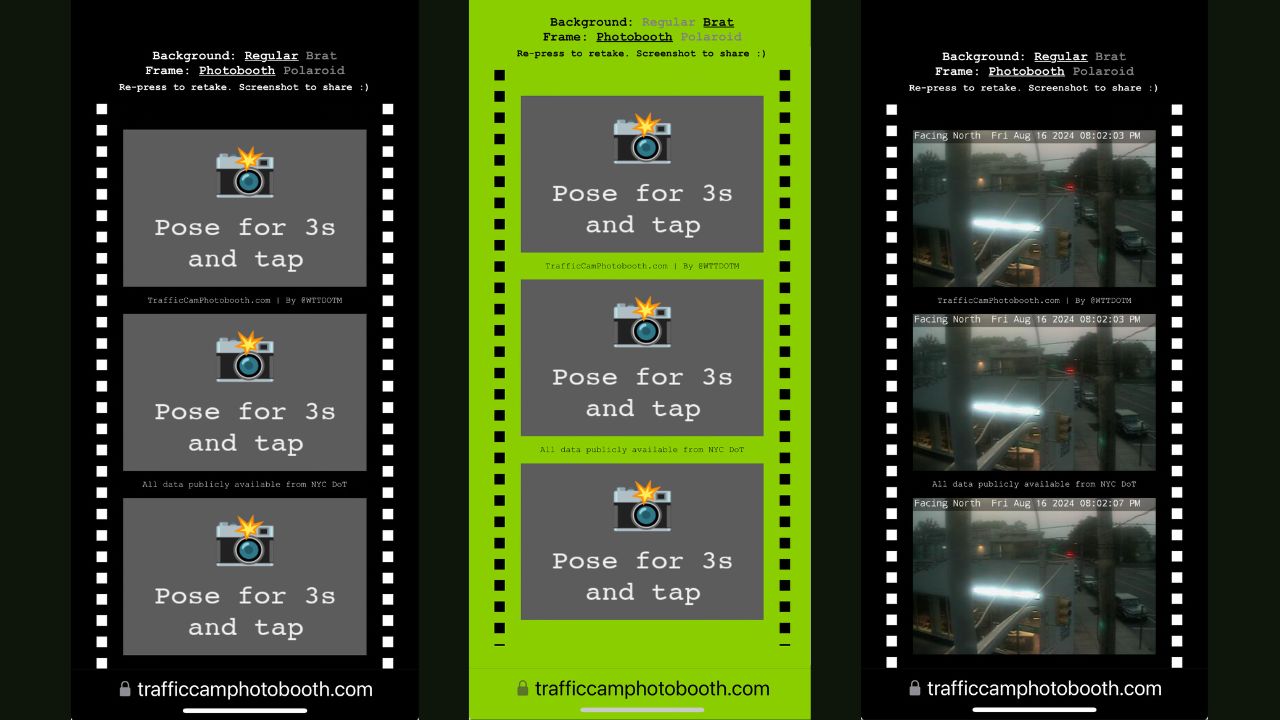
Credit: Traffic Cam Photobooth
THE AI CAMERA STRIPPING AWAY PRIVACY IN THE BLINK OF AN EYE
Security implications of the website
Security experts also have raised concerns about the potential misuse of this website. The ease of access to traffic camera feeds might invite unauthorized surveillance activities, leading to potential breaches of privacy for individuals who unknowingly appear in these feeds. The broader implications of such surveillance technology include the risk of mass data collection and potential misuse by authorities or private entities.
As more data is collected, the potential for breaches increases, posing risks not only to individual privacy but also to public safety. It’s a classic case of technology outpacing regulation, and it highlights the need for clear guidelines and oversight.

Credit: Traffic Cam Photobooth
POLICE ARE USING INVASIVE FACIAL RECOGNITION SOFTWARE TO PUT EVERY AMERICAN IN A PERPETUAL LINE-UP
Public and official reactions to the website
Despite its popularity, with over 10,000 photos taken and 30,000 to 40,000 visits, the DOT has remained silent on this use of its infrastructure. Kolman suggests that the DOT’s setup inadvertently facilitates such applications, but the lack of an official response leaves room for speculation about future regulatory actions.
Public opinion is divided. Some people love the creative use of technology, while others are concerned about privacy implications. The absence of a formal stance from the DOT highlights the challenges that arise when public infrastructure is used in unexpected ways. As cities grapple with the rapid pace of technological advancement, the need for adaptive policies and regulations becomes increasingly apparent.
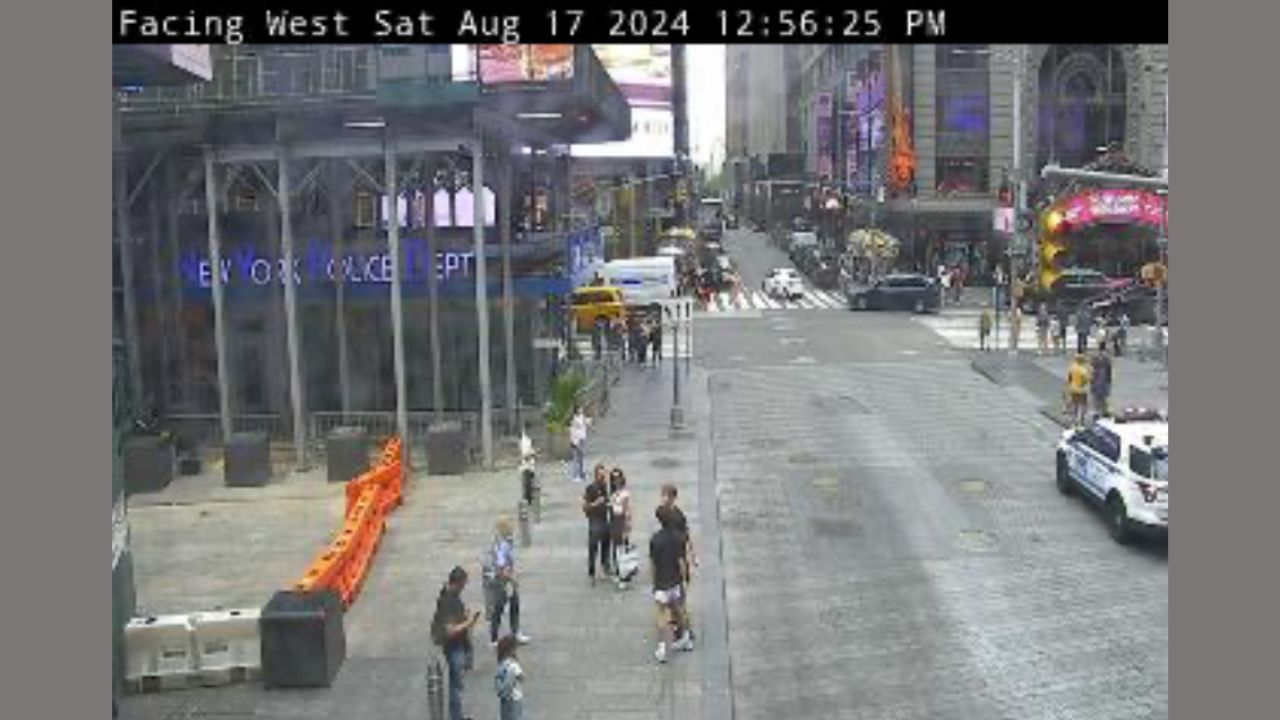
Credit: Traffic Cam Photobooth
SUBSCRIBE TO KURT’S YOUTUBE CHANNEL FOR QUICK VIDEO TIPS ON HOW TO WORK ALL OF YOUR TECH DEVICES
The website’s expansion plans
Kolman has expressed interest in expanding the project to other cities and is open to collaborations, indicating a potential for wider adoption. However, this expansion could further complicate privacy and security considerations, as different cities may have varying regulations and public sentiments regarding surveillance.
The potential for open-source collaboration also raises questions about the control and oversight of such technology. As the project grows, it will be essential to engage with local communities and stakeholders to address concerns and ensure that the technology is used responsibly.
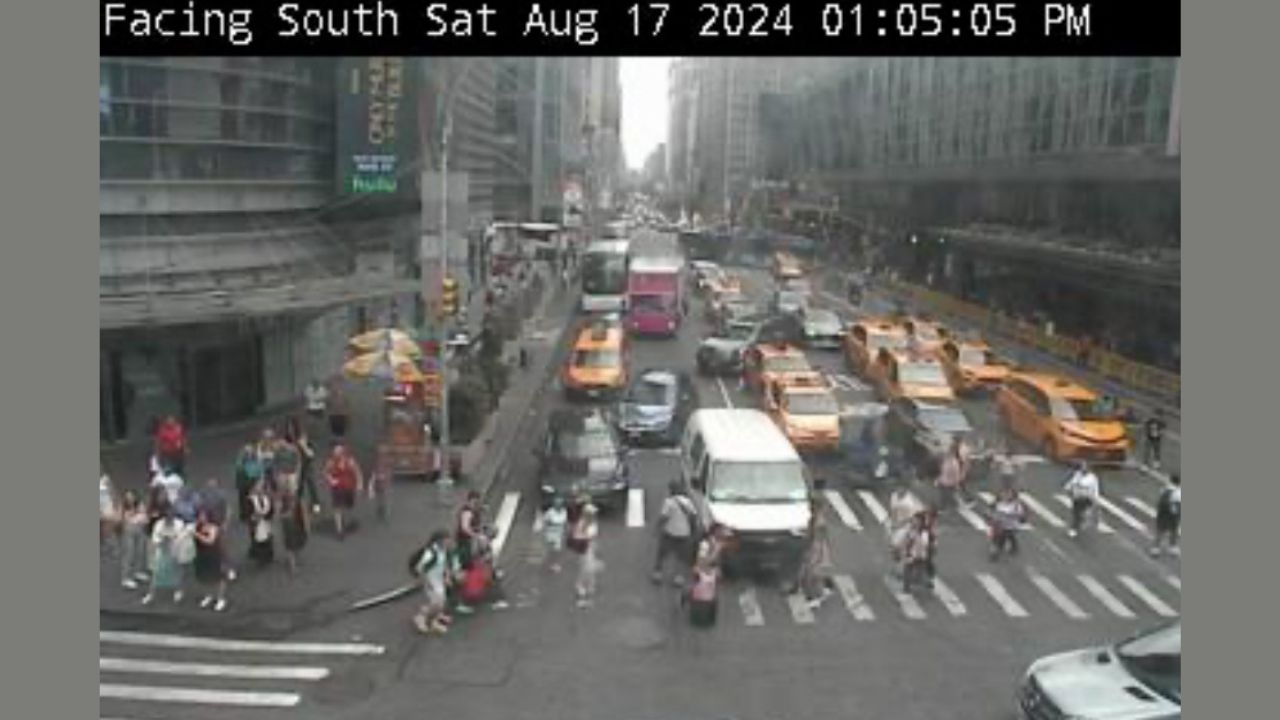
Credit: Traffic Cam Photobooth
Reaction from Morry Colman on privacy and functionality
We reached out to Morry Colman, the creator of the Traffic Cam Photobooth, who emphasizes the site’s commitment to privacy and security. He states, “As a site intended to highlight how our privacy is invaded every day by surveillance cameras, the site is designed to be as safe, privacy-respecting, and secure as possible.” He went on to say that as far as the functionality of the website:
1) “No data ever leaves the user’s device. Finding the nearest camera, taking the picture, and saving the photo are all done completely locally. Even I, the person running the site, can’t see what pictures people take or where they take them.”
2) “I track nothing besides hits on my home page and how many photos are taken on the photobooth page. I deliberately built my own solution for this so I would not subject users to an analytics tool like Google Analytics that would be much more invasive.”
Colman acknowledges concerns regarding potential misuse of the tool, stating, “They fundamentally misunderstand what the tool does and direct their worry at the wrong place. I did not make these cameras public, I do not record any locations, and there is no way to use these cameras to ‘track’ someone unless you already had information about their whereabouts by some other means.”
He adds, “You should be uncomfortable with the amount of cameras that exist around the city. The purpose of the site is to draw attention to that sprawling surveillance regime, and if learning about it unnerves you, it is because you are finally paying attention.”
Colman concludes by saying, “I’m an artist and a developer; I think deeply about these topics, and it’s important to me that this project provides an interesting and engaging gateway to address the serious and omnipresent topic of mass surveillance.”
Kurt’s key takeaways
While it’s fascinating to see how technology can be creatively repurposed, we must also consider the implications of being constantly watched. The ability to capture personal moments using public infrastructure blurs the lines between public and private life, raising important questions about consent and the ethical use of surveillance. As we move forward, it’s crucial to strike a balance between embracing technological innovation and safeguarding our privacy rights. After all, in a world where every street corner might have a camera, it’s worth asking: How much of our personal space are we willing to give up?
Do you believe the convenience and creativity offered by websites like Traffic Cam Photobooth justify the potential invasion of privacy by using public surveillance cameras for personal use? Let us know in the comments below.
FOR MORE OF MY TECH TIPS & SECURITY ALERTS, SUBSCRIBE TO MY FREE CYBERGUY REPORT NEWSLETTER HERE
New from Kurt:



2 comments
These cameras are great for the conspiricy theorists, “Big Brother is watching you!” My feelings are simple, if I am walking on a street I am in a Pubic Domain, if I am photographed, so what. The only ones that should be concerned are those individuals that are doing something wrong, assaults, robberies etc., then the cameras serve purpose in exposing the wrong doers. I do believe that there should be a very stringent anti hacking system in place to keep individuals from using it. IF for some reason a request is made for a group or series of photos, videos or if available vice recordings, then it should be done via a court authorized subpoena.They also serve a purpose for law enforcement & traffic and emergency responders. JMO
I see nothing wrong with this at all. I don’t see how it could be an invasion of privacy and would have no concern of any camera catching me on any street corner.